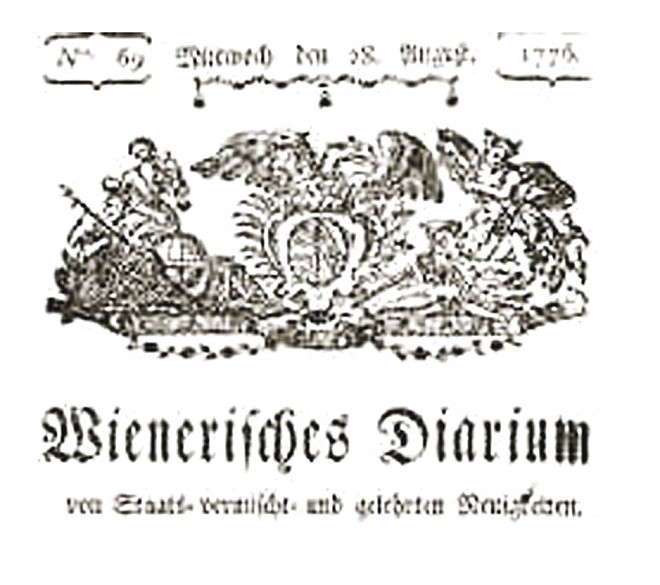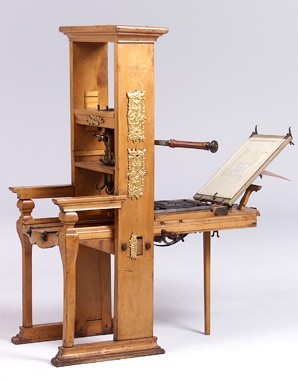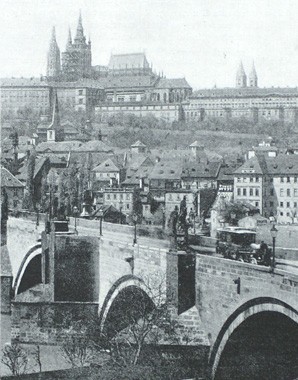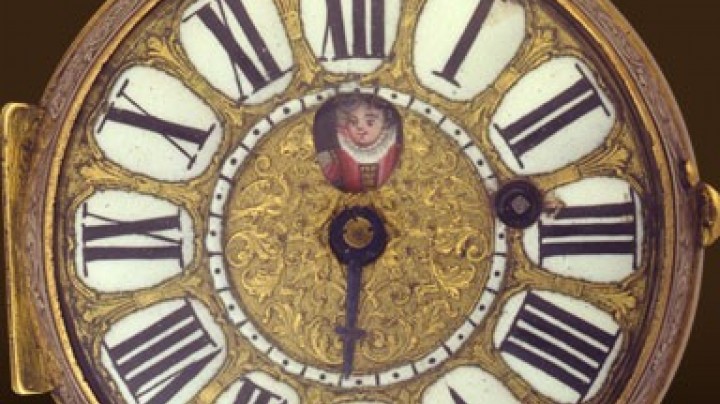I want more! The revolution in reading in the eighteenth century
More people than ever before could and did read. The intensive and repeated reading of a limited number of books was replaced by more extensive reading habits, with a large number of books being devoured just once.
In the first issue (1703) of the newspaper Wiennerisches Diarium the purpose of the publication is defined.For the improved comfort and satisfaction of the gentle and willing reader … at any time a brief report and extract will be presented, as a core of the most curious, truest and newest things happening in the world from time to time, as they come in, whether in handwritten or printed form, without the trappings of the orator and the poet, also without prejudice, in accordance with the bare truth of such reports as we receive.
Until well into the seventeenth century, people read only a small number of texts such as the Bible or devotional books, but these would be read over and over again. Middle-class intellectuals started to practise a new, extensive form of reading that was fostered in particular by the newssheets. Education was a desirable acquisition, and they had the money for books and time to read them. In the eighteenth century small, unbound books were also affordable for lower social classes.
Towards the end of the century a decisive change took place in publishing and among the cultivated book-reading public. Fashions such as reading al fresco or the ‘Werther fever’ (after Johann Wolfgang von Goethe’s novel Die Leiden des jungen Werthers published in 1774) gripped Vienna. Women in particular changed their reading habits: in edifying weeklies and almanacs they were given access to literature and developed a flourishing culture of correspondence. Innovations such as smaller book formats or modern reading furniture facilitated reading.
The proportion of specialized religious, legal and medical literature diminished. Instead, the numbers of publications in the fields of philosophy, pedagogy, natural sciences and economics rose as a result of interest from trade and commerce and from the diversification of scientific disciplines and institutions and the book production associated with this.
Novels were the favourite reading matter of the late eighteenth century. The new reading public consisted predominantly of members of the propertied and educated middle classes but also included labourers and artisans. The hunger for reading material was satisfied in particular by lending libraries. The Cabinet littéraire de Vienne owned by Thomas von Trattner carried more than 2,000 works in French. However, all lending libraries were banned in Austria between 1799 and 1811. Nonetheless, in coffee houses and even in some beer taverns pamphlets and newspapers were readily available.
Towards the end of the eighteenth century an independent literary tradition established itself in the Habsburg Monarchy, in isolation from the literature of the rest of the German-speaking countries. There was an east-west and urban-rural divide in the ability to read: in the Patrimonial Lands and in Bohemia many people could read and write while in Hungary the proportion was far lower.
















